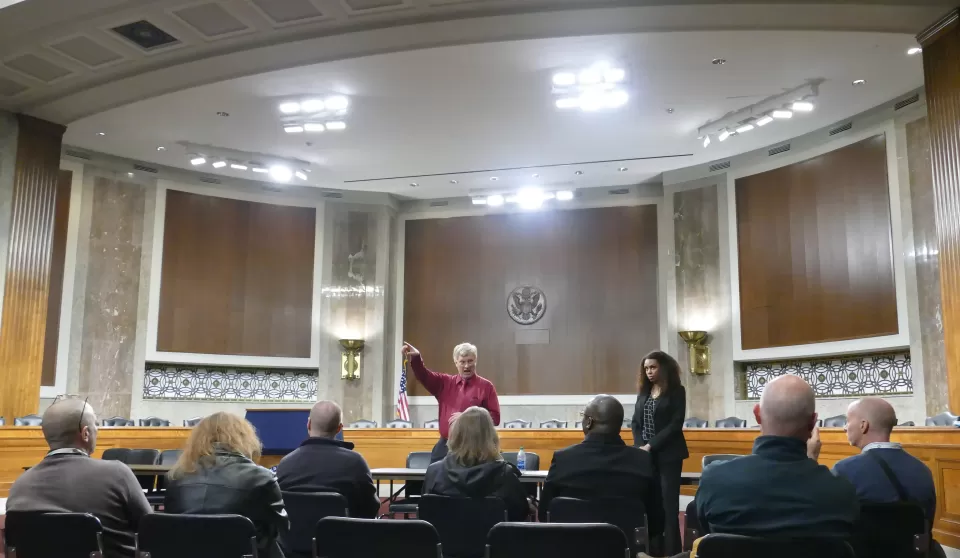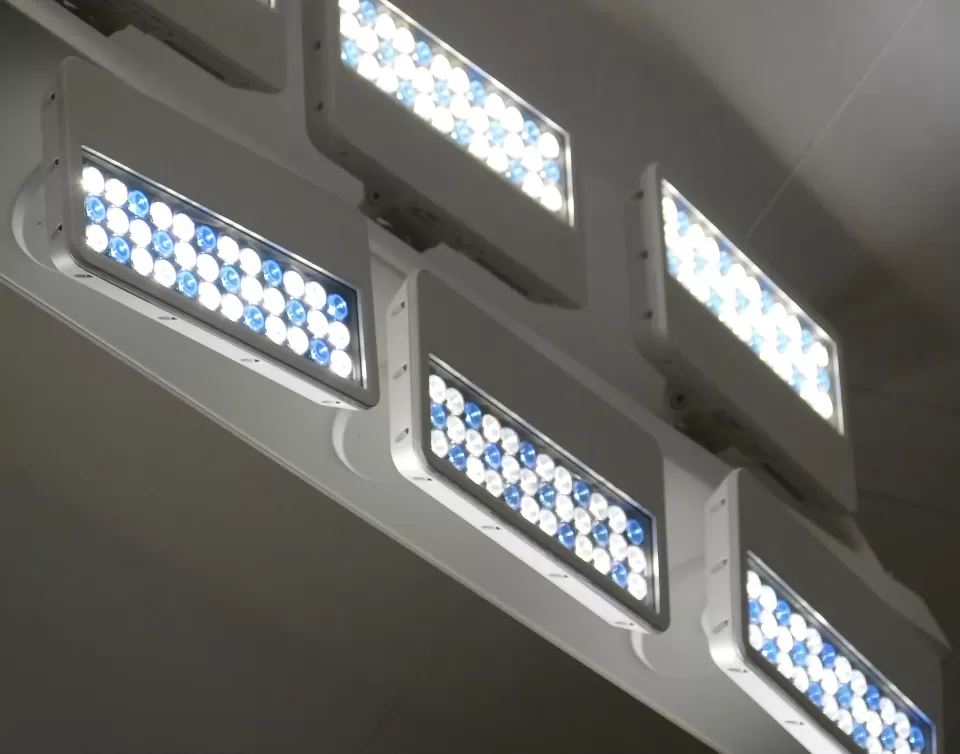Our Stories
Recent Articles
Behind the Scenes
AOC Experts Keep it Cool for Historic Preservation Efforts
When it comes to preserving the Library of Congress' record-breaking collection of more than 175 million items — including books, historical materials and cultural artifacts — the Architect of the Capitol staff plays an instrumental role in keeping things cool.
Behind the Scenes
Embracing a Vintage Electric Cargo Tricycle for Greener Gardening
This innovative mode of transportation allows the dedicated gardening staff to move throughout the historic grounds of the U.S. Capitol with ease, all while carrying up to an impressive 300 pounds of gardening tools and horticultural materials.
Behind the Scenes
Leaves On, Leaves Off: Capitol Grounds Works Through the Winter
In the bleak winter, when most Washingtonians are looking to stay indoors, the Architect of the Capitol (AOC) Capitol Grounds and Arboretum team still spends a lot of time outside.
Behind the Scenes
Summer Interns Gain Experience for Future Seasons of Their Careers
From carpentry and photography to clerking and gardening, the AOC internship program exposes students to a host of opportunities within the federal government.







Add new comment